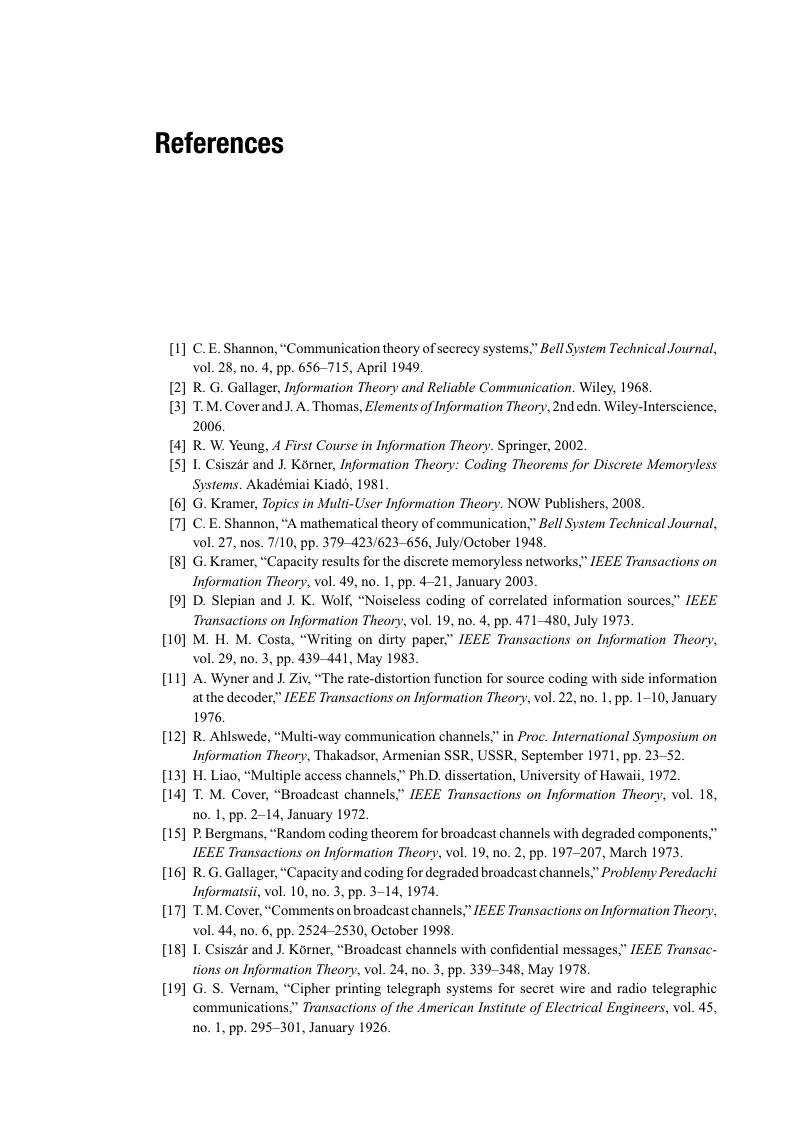References
Published online by Cambridge University Press: 07 October 2011
Summary

- Type
- Chapter
- Information
- Physical-Layer SecurityFrom Information Theory to Security Engineering, pp. 311 - 322Publisher: Cambridge University PressPrint publication year: 2011



